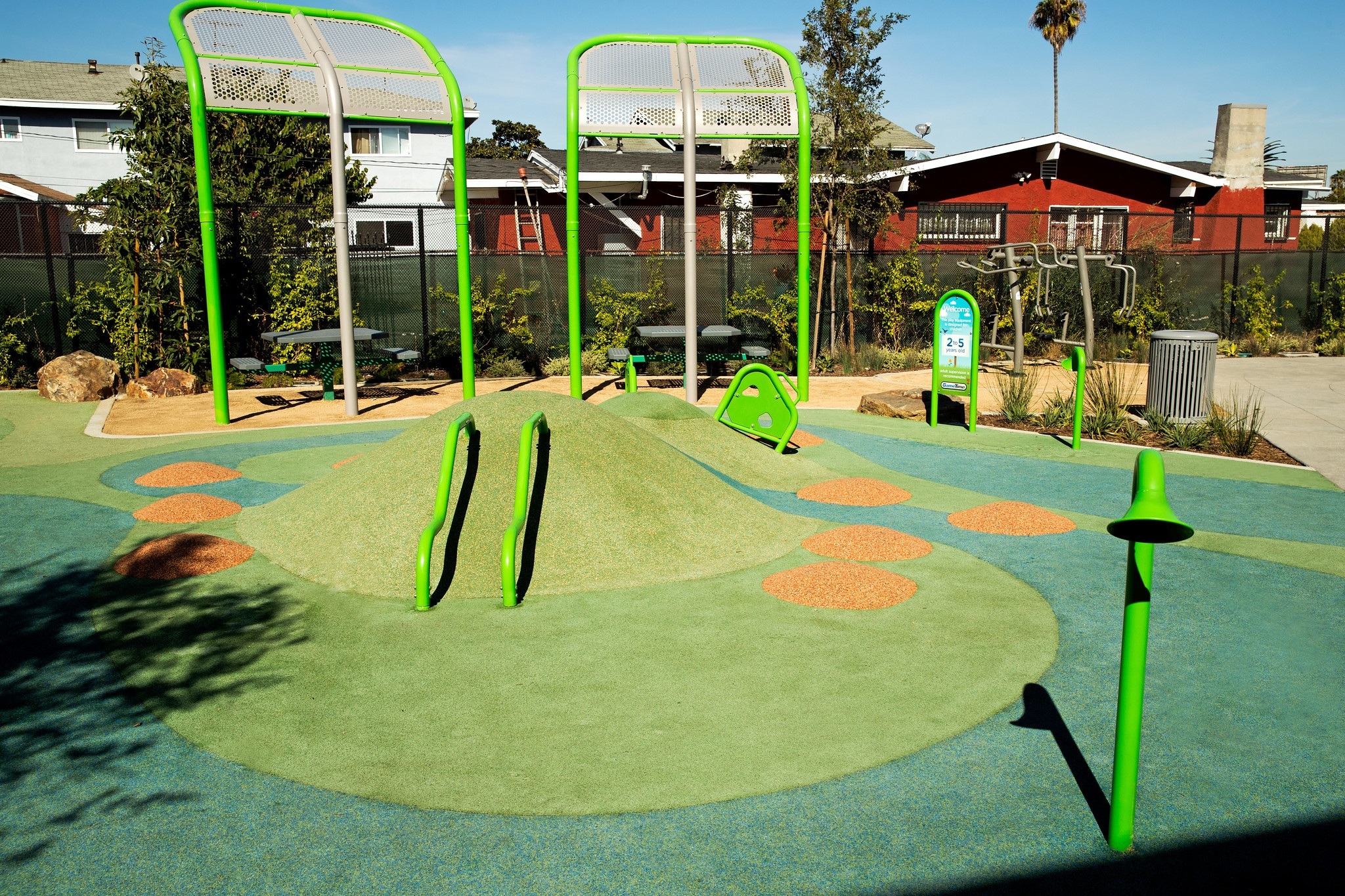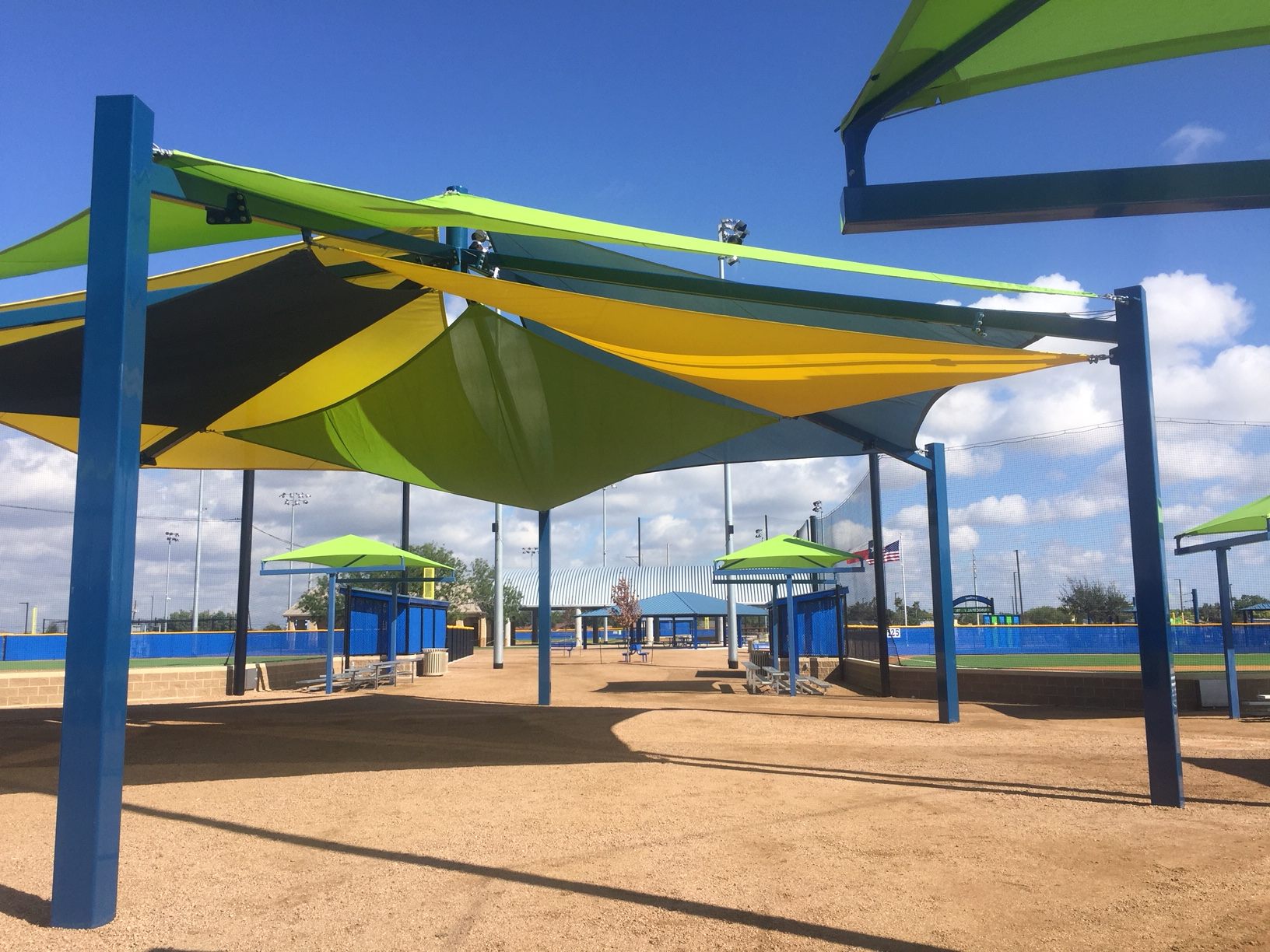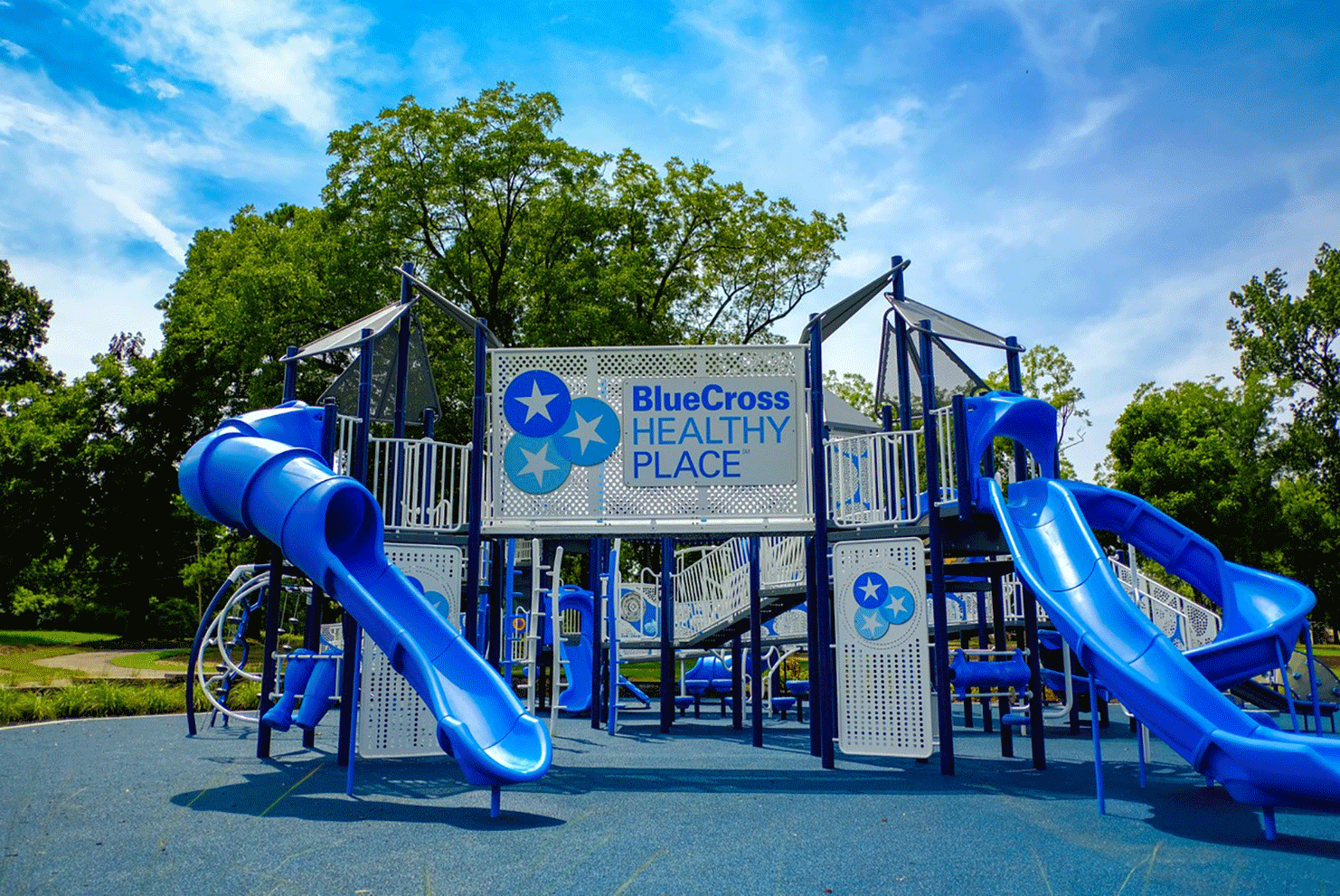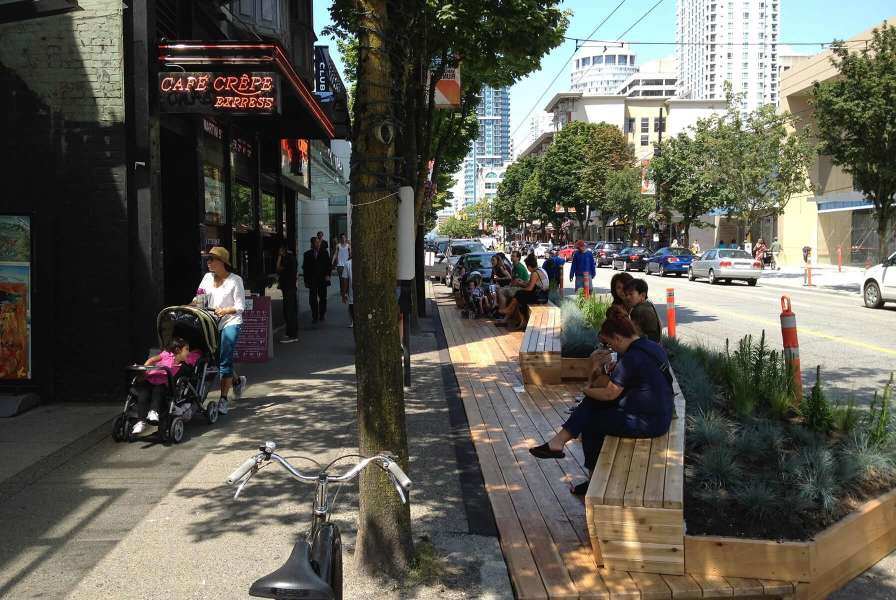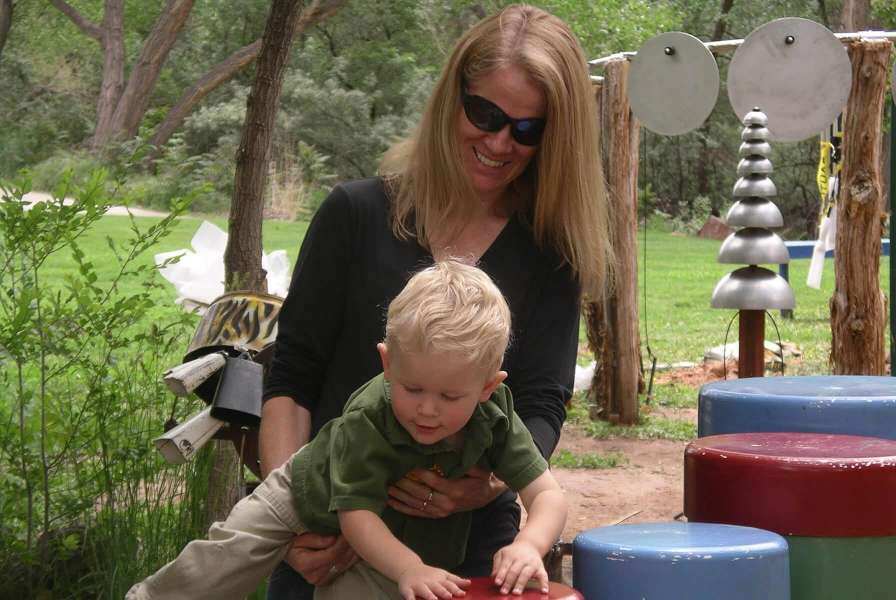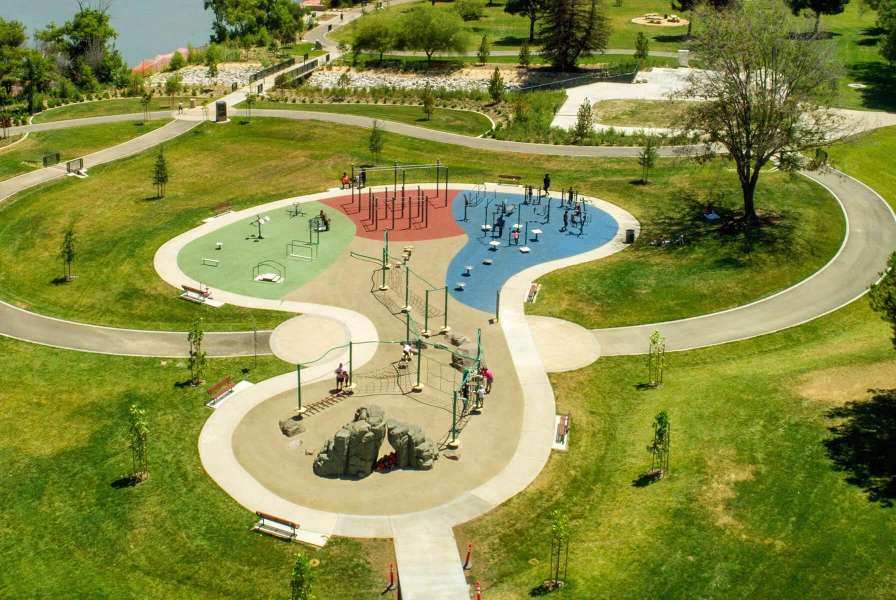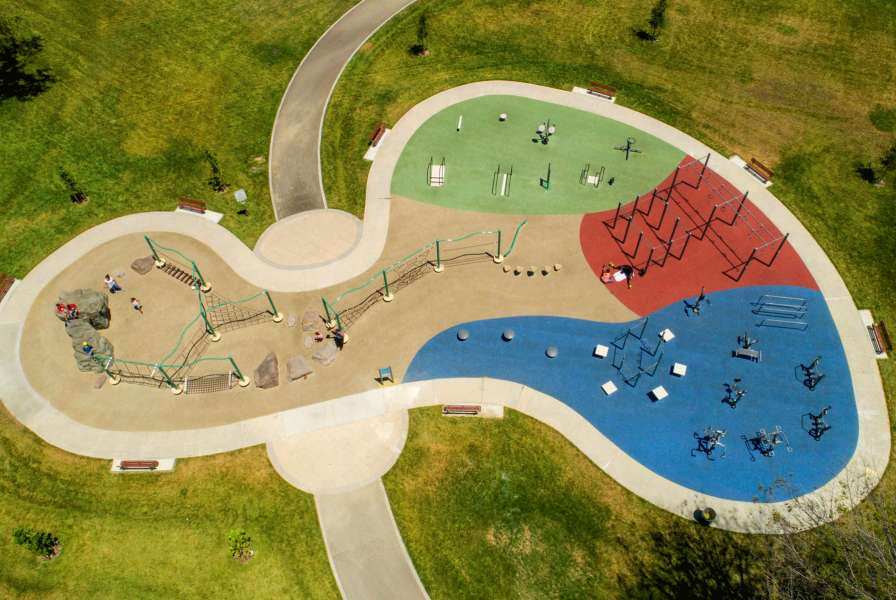Who doesn’t remember the fun of rolling down hills as a child? While it may have seemed like simple fun to us, we were also developing a variety of important skills to help us function in the world, including:
• Vestibular Development (to assist in balance)
• Midline Development (to assist in coordinated movement and thinking)
• Sensory Development (to assist in an understanding of the world)
• Gross Motor Development (to build strength and coordination)
• Proprioception (to develop a tactile understanding of space)
While children need the input, it’s beneficial to continue it into adulthood. Many adults eventually start to dislike the feeling of rolling or spinning, but it remains a critical sensory and motor skill input throughout our life. Through spinning and rolling, we can discover where our center is, which contributes to coordinating movement on both sides of our body. It can improve sure-footedness, and the ability to concentrate. According to a study by Kawar, Frick, and Frick (2005), the centrifugal force experienced on things like merry-go-rounds, swings, rolling, and other circular movements activates the fluid-filled cavities in the inner ear. These sensors tell the brain the orientation of the head which develops grounding and sustaining attention to task, and may help prevent inadvertent falls later in life. This means that mounds can be a great multigenerational play activity that is beneficial to the entire family.
Surfacing companies today are increasingly offering berms and mounds as part of their services. Usually designed as compacted earth or a foam base covered by colorful poured in place rubber or artificial turf, they’re a great complement to a play space, but can be a stand-alone play activity as well.
Project Focus: South Victoria Park Los Angeles, CA
Never before has the importance of having a park within walking distance of one’s home been more evident and important. South Victoria Park, in the Hyde Park area of Los Angeles is a shining example of making this a reality, providing green space and active lifestyle options for more than 10,000 nearby residents.
The Trust For Public Land saw the need for the space nearly a decade ago and begin working with the community in a placemaking process to discover what they would like to see in the space. With the help and input of council members, the City of Los Angeles Park and Recreation Department, and a variety of program and foundation partners, the park was realized.

The new .26 acre park maximizes its footprint with colorful play areas for children 2-5 and 5-12, including composite structures, a net climber, disc swing, play mounds, and a custom basketball wall. The park also features outdoor fitness equipment, an entry plaza, picnic tables, boulders for seating, and a wavy mosaic to suggest a stream with fish graphics embedded within. Wavy line, bright colors, and colorful paths are a theme of the space.
The space transformed an unused property into a vibrant community space and was opened in September of 2019. In addition to the built environment, the green space is a much-needed addition to the dense urban neighborhood.
